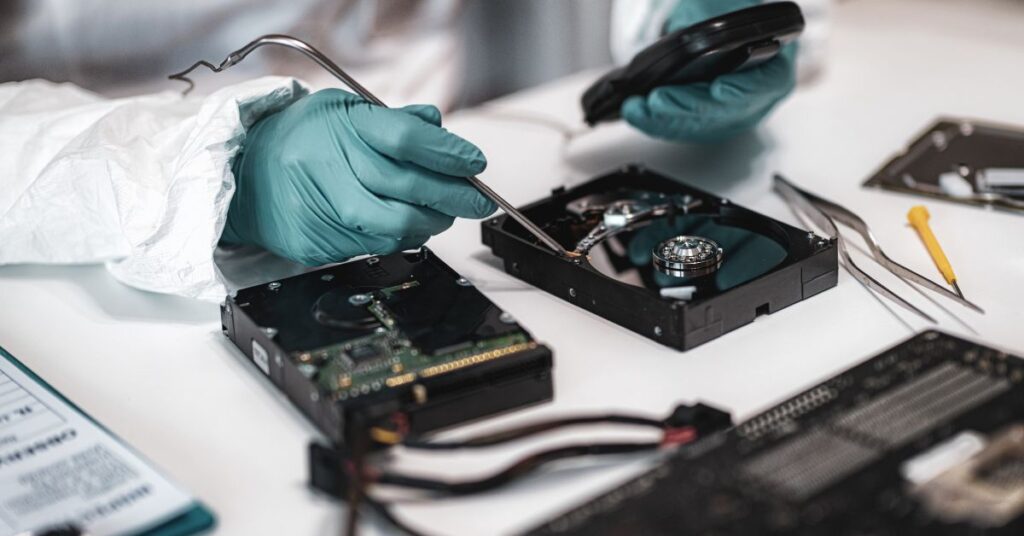Introduction:
Data breaches have become a prevalent concern in our interconnected world, necessitating swift and efficient data breach investigations. In this article, we will delve into the intricate process of uncovering the digital trail left behind in the wake of a data breach, emphasizing the importance of thorough investigations and the steps involved in the process.
Identifying the Breach:
The initial and critical step in any data breach investigation is promptly identifying the breach itself. When a breach is suspected, it is crucial to initiate an immediate response. This involves securing the compromised system, isolating affected assets, and implementing necessary safeguards. By doing so, investigators can prevent further damage and preserve vital evidence that will aid in the subsequent stages of the investigation.
Forensic Analysis:

Following the initial response, meticulous forensic analysis takes center stage. Investigators leverage a range of cutting-edge techniques to piece together the puzzle of the breach. They thoroughly examine log files, network traffic, and other potential sources of evidence to identify the entry point of the breach, determine the extent of the compromised data, and unravel the tactics employed by the perpetrators. By utilizing advanced tools and methodologies, investigators can reconstruct the sequence of events and gain insights into the modus operandi of the attackers.
Attribution:
Transitioning from analysis to attribution, investigators strive to identify the individuals or groups responsible for the breach. This phase requires a high level of expertise in digital forensics and a deep understanding of the ever-evolving landscape of cyber threats. Investigators employ various methods, such as threat intelligence gathering, behavioral analysis, and collaboration with law enforcement agencies, to unmask the culprits and bring them to justice. Attributing the breach to specific actors is crucial not only for legal purposes but also for understanding motives and identifying potential vulnerabilities in the organization’s security posture.
Documentation and Chain of Custody:
Maintaining proper documentation and the chain of custody is essential throughout the investigation. Investigators meticulously record their findings, ensuring that all evidence collected is admissible in a court of law, should legal proceedings arise. This includes the preservation of digital artifacts, such as system snapshots and memory captures, which can serve as crucial evidence. Furthermore, maintaining a comprehensive timeline of events enables a clear reconstruction of the breach and aids in establishing a credible narrative during legal proceedings.
Lessons Learned and Recommendations:

Once the investigation concludes, it is imperative to share the lessons learned from the breach. By disseminating insights and recommendations, organizations can bolster their cybersecurity defenses and prevent similar breaches in the future. This includes conducting thorough post-mortem analyses to identify the root causes of the breach, evaluating existing security measures, and implementing necessary improvements. Additionally, collaboration among industry peers and participation in knowledge-sharing platforms can foster a collective defense against cyber threats, further strengthening the resilience of our interconnected world.
Conclusion:
Data breach investigations are complex and multifaceted processes that require a comprehensive approach. Promptly identifying the breach, conducting meticulous forensic analysis, attributing responsibility, maintaining accurate documentation, and sharing lessons learned are all crucial components of a successful investigation. In an era where cyber threats continue to evolve, robust data breach investigations are vital for safeguarding sensitive information, protecting individuals and organizations, and maintaining trust in the digital realm. By investing in thorough investigations, organizations can better navigate the aftermath of a breach and take proactive steps to prevent future incidents.




